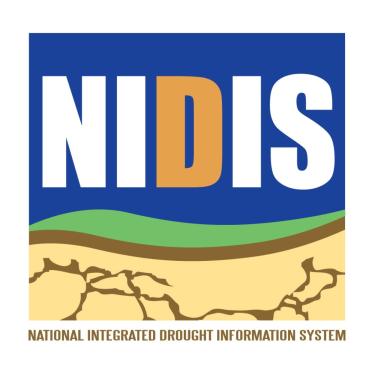 Partner: National Integrated Drought Information System (NIDIS)
Partner: National Integrated Drought Information System (NIDIS)
Members: Noelle Crowley, Carly Doolittle, Josh King, Becca Mace, Jonah Seifer
Extreme drought events are affecting certain regions of the United States with increased frequency and severity. Drought poses a particular concern for the outdoor recreation industry, including recreation managers, gear manufacturers, and the public that recreates. The primary objective of this project will be to determine the drought information needs of the outdoor recreation industry by consolidating content and information for the industry at large. The team will deliver information products relating to the economic impacts of drought and extreme weather events on the outdoor industry. Using the drought.gov platform, the team seeks to inform business decisions and provide better planning opportunities for the ski, paddle, and outdoor retail and manufacturing industries.
The team will examine drought issues facing the outdoor recreation industry in the United States. They plan to deliver scoping documents that identify all sectors and key stakeholders within. These documents will feature summaries, survey results, profiles of stakeholder informational needs, as well as pre-existing research that is identified during the literature review. Deliverables will additionally include drought planning content for the NIDIS team as determined by the scoping phase and a set of recommendations for outdoor industry drought planning.
Tribal Drought Resilience Project
Partner: NOAA/NIDIS
Members: Emily Bamford and Marianne Shiple
The Tribal Drought Resilience project aims to develop an Engagement Strategy for improving drought resilience in Native American communities in the Missouri River Basin and Midwest.
The first part of the project will involve the development of tribal drought profiles and a drought vulnerability map and for the two regions. The map will include key drought-related and social vulnerability indicators and will be used to guide the development of the Engagement Strategy and prioritize support for the most vulnerable communities.
Field visits will then take place over the summer in order to conduct a stakeholder mapping exercise. During these trips, key stakeholders will be identified and new relationships will be formed. The information collected will be used to identify key capacity gaps and inform the development of the Engagement Strategy.
All the tools developed over the course of the year will support future advocacy and resource mobilization efforts for drought resilience in Native American communities.
